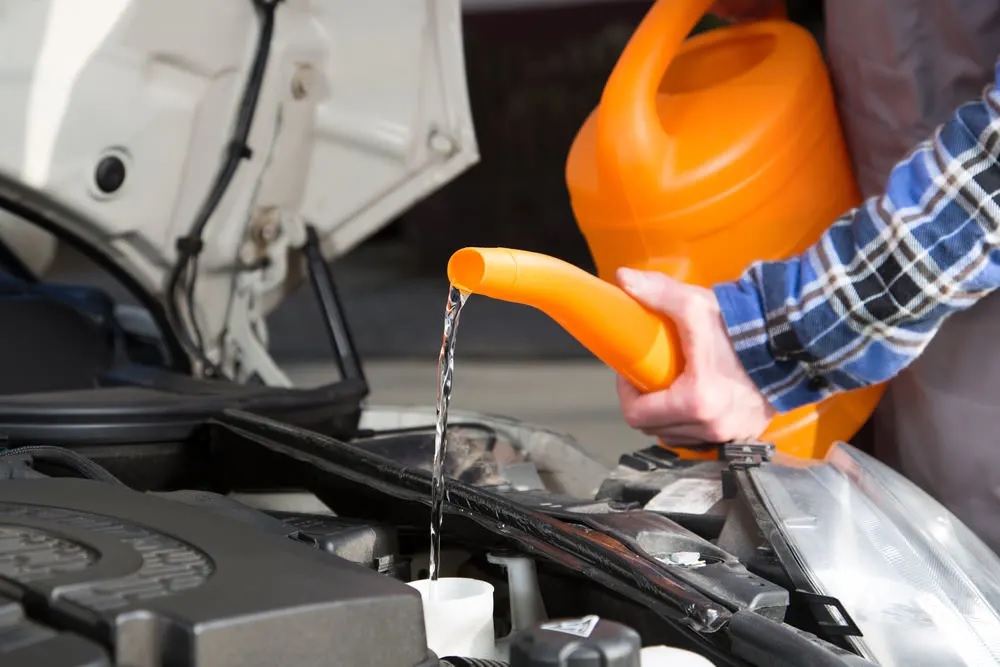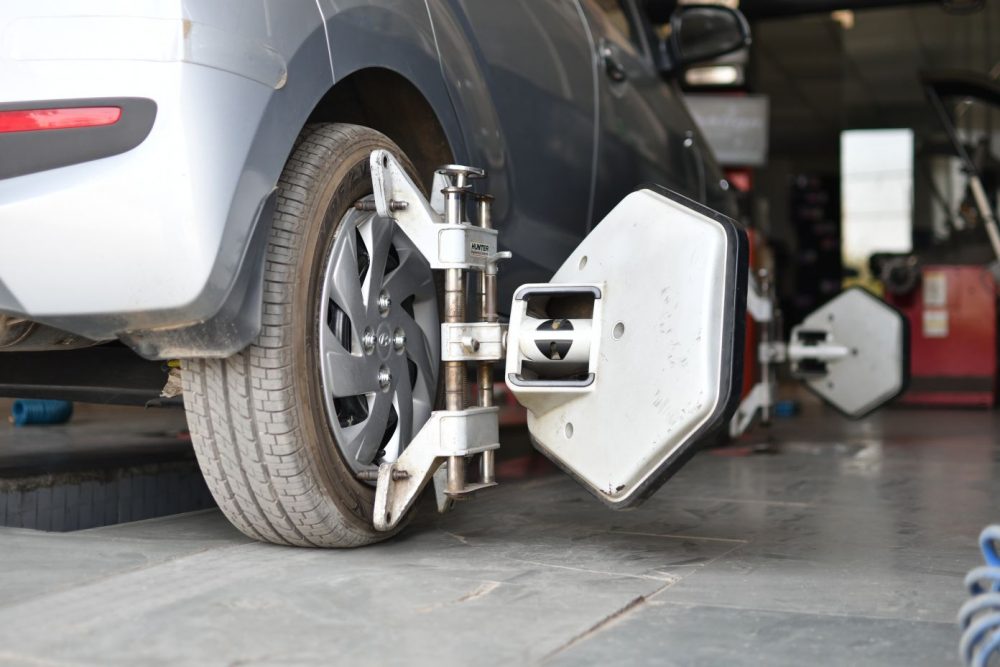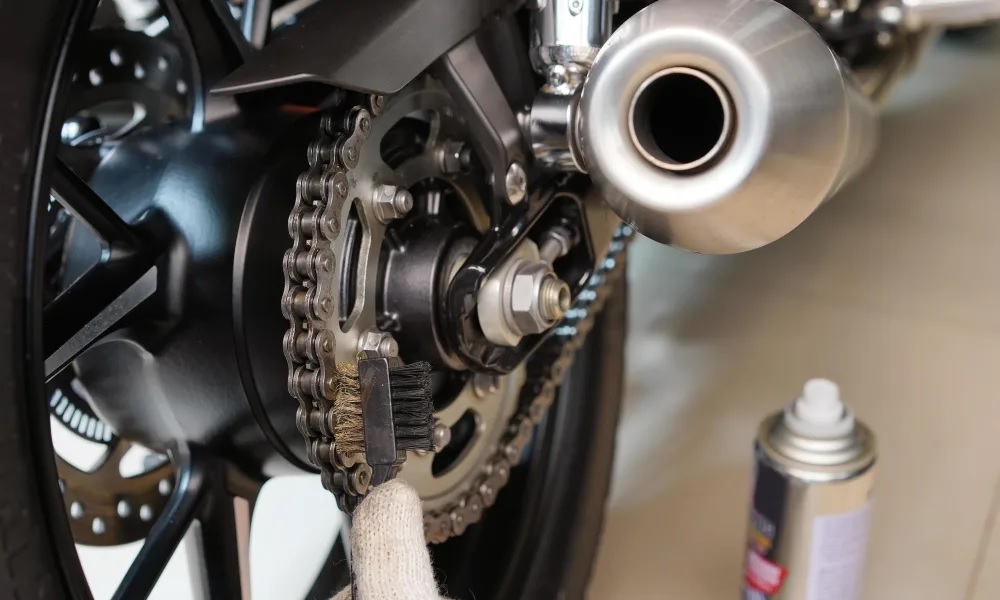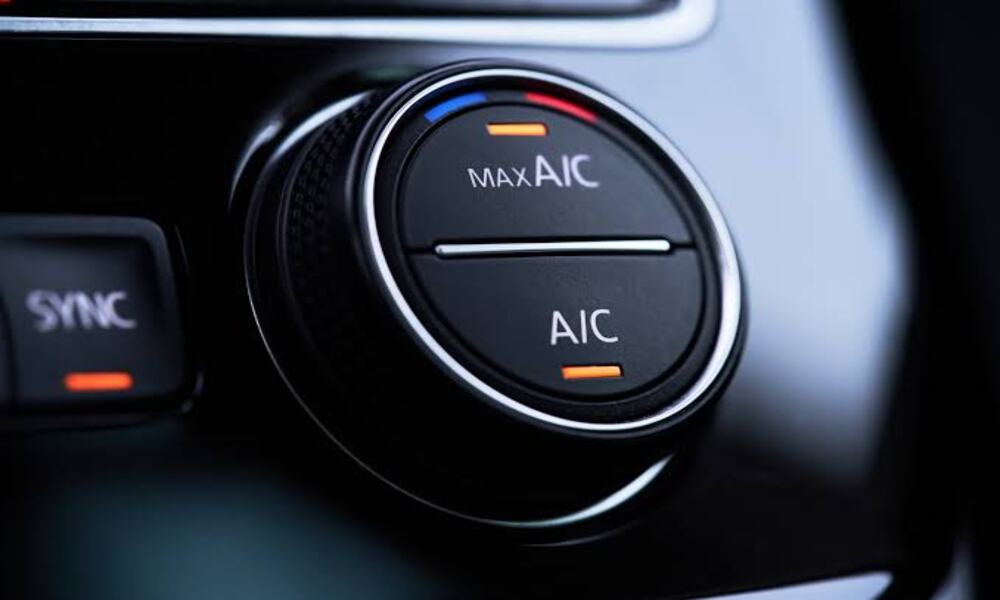Vehicle fluids play a crucial role in ensuring that your car runs smoothly and efficiently. However, over time, these fluids become contaminated and less effective, which can lead to serious problems. Flushing your vehicle fluids is an essential maintenance task that can help prolong the life of your car and prevent costly repairs down the line.
What is Flushing Vehicle Fluids?
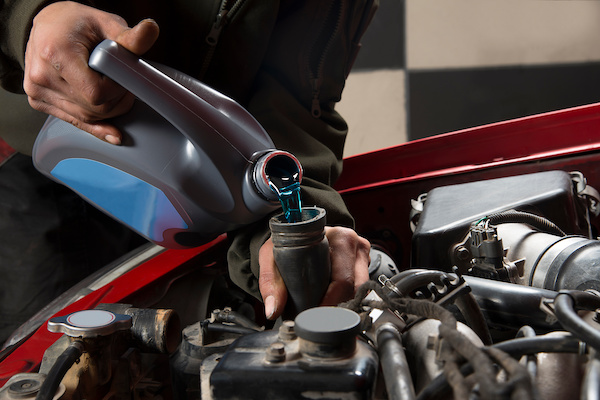
Flushing vehicle fluids involves draining and replacing all of the fluids in your car’s systems, including the engine oil, transmission fluid, power steering fluid, brake fluid, and coolant. This process helps to remove any contaminants and debris that may have accumulated in the fluids over time, allowing your car to run more smoothly and efficiently.
When Should You Flush Your Vehicle Fluids?
The frequency at which you should flush your vehicle fluids will depend on several factors, including the make and model of your car, your driving habits, and the manufacturer’s recommendations. In general, most car manufacturers recommend flushing your vehicle fluids every 30,000 to 60,000 miles.
The Benefits of Flushing Vehicle Fluids
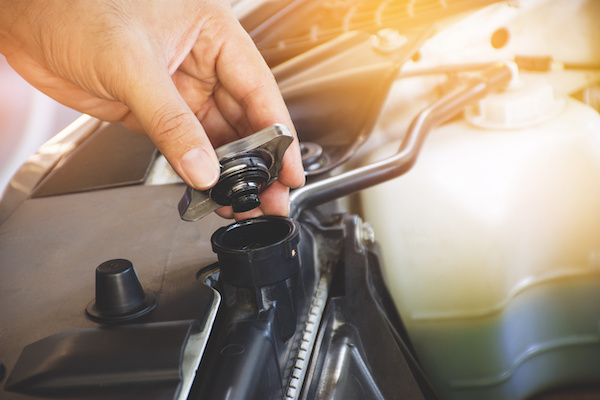
There are several benefits to flushing vehicle fluids, including:
- Improved performance: Flushing your vehicle fluids can help improve your car’s performance by removing contaminants that can cause wear and tear on your car’s systems.
- Extended lifespan: Regularly flushing your vehicle fluids can help prolong the life of your car and prevent costly repairs down the line.
- Better fuel efficiency: Clean fluids can help improve your car’s fuel efficiency, saving you money at the pump.
- Improved safety: Flushing your brake fluid can improve your car’s braking performance, which is essential for your safety on the road.
The Flushing Process
The flushing process can vary depending on the type of fluid being flushed and the make and model of your car. In general, the process involves the following steps:
- Drain the old fluid from the system using a drain plug or pump.
- Refill the system with new, clean fluid.
- Run the engine or system to circulate the new fluid and remove any remaining contaminants.
- Check the fluid levels and top off if necessary.
Conclusion
Flushing your vehicle fluids is an essential maintenance task that can help prolong the life of your car and prevent costly repairs down the line. By understanding the benefits of flushing your vehicle fluids and following the proper flushing process, you can keep your car running smoothly and efficiently for years to come.

